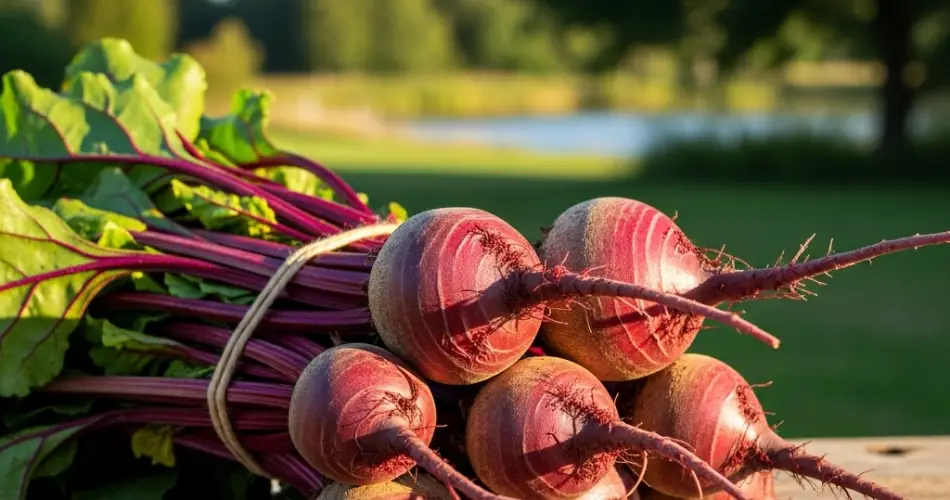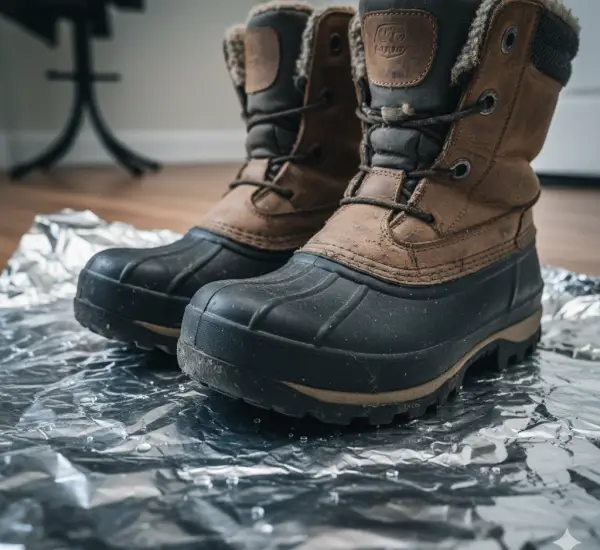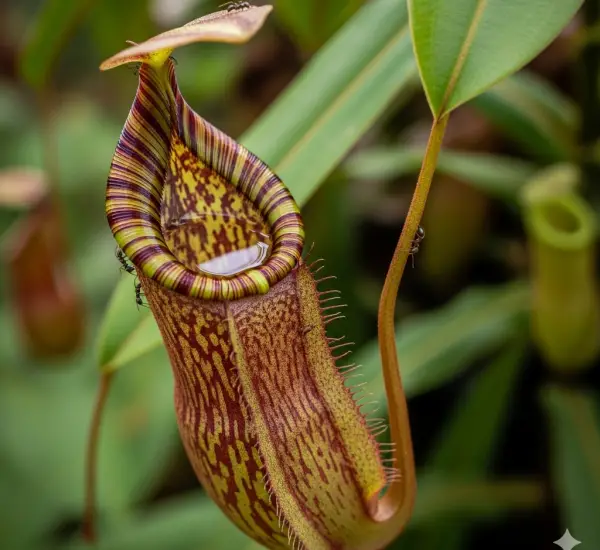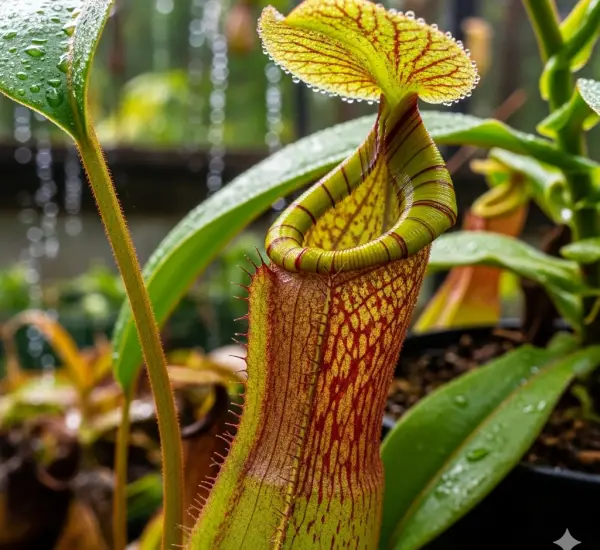Beets are fast-growing, cool-season root vegetables that thrive in well-prepared soil. Their tender roots and leafy tops are both edible and packed with nutrients, making them a rewarding crop for home gardeners. However, the secret to growing healthy, well-formed beets lies beneath the surface—in the soil. A well-balanced, loose, and nutrient-rich soil mix is essential for beet success. This article outlines how to prepare the best soil mix for growing beets, whether you’re planting in garden beds, raised beds, or containers.
Understanding What Beets Need from Soil
Beets develop underground, so soil structure and fertility are crucial. Poor soil can result in stunted roots, poor flavor, or misshapen crops. To grow successfully, beets require:
-
Loose, well-draining soil to allow roots to expand freely.
-
Moderate fertility with balanced nutrients for both root and leaf development.
-
Slightly acidic to neutral pH, ideally between 6.0 and 7.0.
-
Even moisture retention without waterlogging.
A good soil mix will support root development while providing essential nutrients throughout the growing cycle.
Building the Best Soil Mix for Beets
1. Start with Loamy Soil or Good Garden Soil
Loam is ideal for root vegetables. It provides a balance of sand, silt, and clay that retains moisture yet drains well. If you’re working with native garden soil, test its texture. Avoid heavy clay or overly sandy soils unless amended.
To prepare the base:
-
Use high-quality garden soil or topsoil as your foundation.
-
Remove rocks, sticks, and compacted chunks that can hinder root growth.
-
Till or loosen the soil to a depth of 8–12 inches.
2. Add Organic Matter
Organic matter enriches the soil, improves texture, and enhances moisture retention. Compost also introduces beneficial microbes that promote healthy root development.
Mix in the following:
-
Compost: 25–30% of your soil mix should be compost. Use well-aged, dark, crumbly compost free of large, woody materials.
-
Aged manure (optional): A light application can boost fertility but avoid fresh manure, which can be too high in nitrogen and lead to leafy growth at the expense of roots.
This combination improves aeration while providing a steady supply of nutrients.
3. Improve Drainage with Sand or Perlite
Compacted or heavy soils can cause poor root growth or rot. To improve drainage, especially in containers or clay-heavy soils, add:
-
Coarse sand: Helps loosen soil without compromising stability.
-
Perlite: A lightweight additive that increases air flow and drainage.
-
Vermiculite (optional): Retains moisture while improving texture.
Aim for a mix that feels light and crumbly in your hands—not too sandy and not sticky.
4. Balance Nutrients with Natural Amendments
Beets need a well-balanced supply of nutrients, particularly phosphorus and potassium, to support root development.
Use natural soil amendments such as:
-
Bone meal: High in phosphorus, great for root crops.
-
Wood ash or greensand: Adds potassium and trace minerals.
-
Compost tea or worm castings: Offers a gentle nutrient boost and microbial life.
Avoid high-nitrogen fertilizers, which can cause the plants to focus energy on leafy tops instead of root growth.
Adjusting pH
Beets prefer a slightly acidic to neutral pH (6.0 to 7.0). If your soil is too acidic, add agricultural lime to raise the pH. If it’s too alkaline, incorporate sulfur or peat moss to lower it.
Use a home soil pH test kit to check your mix before planting and adjust as needed. Balanced pH ensures that nutrients are available to the plant throughout its growing cycle.
Best Soil Mix Ratio for Beets (for Raised Beds or Containers)
Here’s a simple recipe to build an effective soil mix for beets:
-
40% good-quality loam or topsoil
-
30% compost (homemade or store-bought)
-
15% coarse sand or perlite
-
10% well-aged manure or worm castings
-
5% amendments (bone meal, wood ash, or rock phosphate)
Mix thoroughly before planting, and ensure the soil is evenly moist before sowing seeds.
Soil Preparation Tips Before Planting
-
Sow beet seeds directly into the prepared soil. They don’t transplant well.
-
Rake the bed smooth and level before planting.
-
Avoid compacting the soil after planting. Lightly press down the seeds but don’t firm the soil too much.
-
Water consistently after sowing to support even germination and root development.
Ongoing Soil Care
-
Mulch lightly to retain moisture and suppress weeds, but keep it off emerging seedlings.
-
Water regularly, especially during dry periods, to prevent woody or cracked roots.
-
Top-dress with compost mid-season if your beets need a boost.
Conclusion
Beets are easy to grow when planted in the right soil. A well-prepared mix that’s loose, fertile, and well-drained is the foundation for a successful beet crop. Whether you’re gardening in the ground, in raised beds, or containers, building the ideal soil mix will ensure your beets develop sweet, tender roots and healthy greens. With a little planning and care, you’ll enjoy a bountiful harvest of vibrant, flavorful beets straight from your garden.



